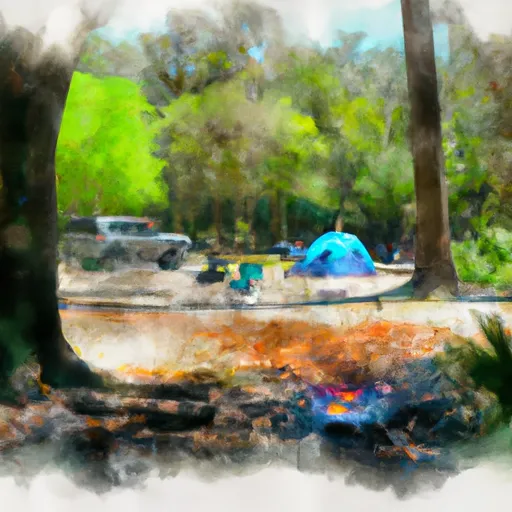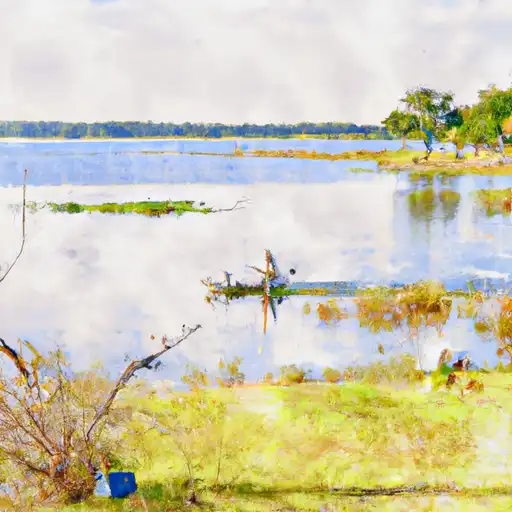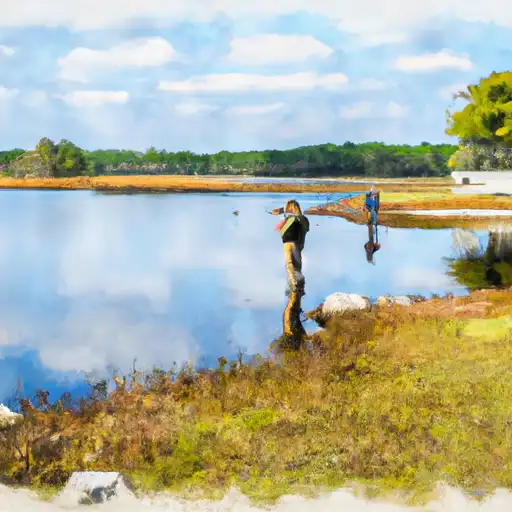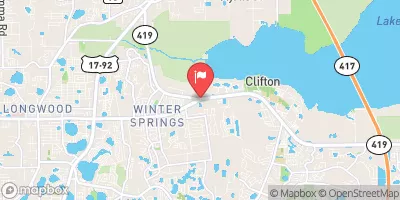Summary
The lake is home to a variety of fish species, including largemouth bass, bluegill, and crappie. Nearby activities include bird watching, hiking, and picnicking. For fishing tips, it's recommended to use live bait or lures that mimic the natural prey of the fish. The best time to visit is from fall to spring when the weather is mild, with an average temperature of around 70°F. Overall, the Secret Lake makes for a peaceful and productive fishing retreat.
Fish Species
Nearby Fishing
Weather Forecast
Nearby Streamflow Levels
Angling Safety Guidelines
Check local fishing rules, seasons, size limits, and license requirements to ensure legal and sustainable angling.
Handle Fish Responsibly
Use wet hands, minimize air exposure, and release fish gently to improve survival rates when practicing catch-and-release.
Choose the Right Gear
Match your rod, line, and tackle to the species and conditions to increase success and reduce unnecessary harm to fish.
Respect the Waterway
Avoid disturbing habitat, prevent bank erosion, and keep a safe distance from spawning areas to protect ecosystems.
Keep It Clean
Pack out all line, hooks, bait containers, and trash—discarded gear can injure wildlife and degrade waterways.
Related Links
Area Campgrounds
| Location | Reservations | Toilets |
|---|---|---|
 Wekiwa Springs State Park
Wekiwa Springs State Park
|
||
 campsites 31-60
campsites 31-60
|
||
 campsites 1-30
campsites 1-30
|
||
 Indian Mound Camp
Indian Mound Camp
|
||
 Wekiva Youth Camp
Wekiva Youth Camp
|
||
 Clarcona Horse Park
Clarcona Horse Park
|

 Largemouth Bass
Largemouth Bass
 Bluegill
Bluegill
 Dewdrop Pool
Dewdrop Pool
 Lake Maitland
Lake Maitland
 Lake Osceola
Lake Osceola
 Lake Mizell
Lake Mizell
 Lake Minnie
Lake Minnie






 Control Structure 4
Control Structure 4
 Crane's Roost Altamonte Springs
Crane's Roost Altamonte Springs
 Red Bug Lake Park
Red Bug Lake Park
 Spring Hammock Preserve
Spring Hammock Preserve
 Howell Branch Park
Howell Branch Park
 Soldiers Creek Park
Soldiers Creek Park
 Lake Orienta Park
Lake Orienta Park